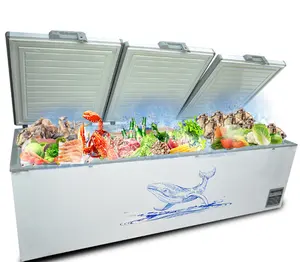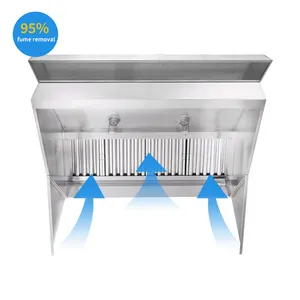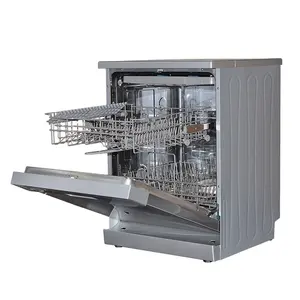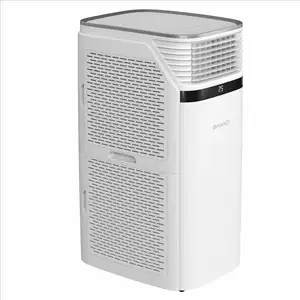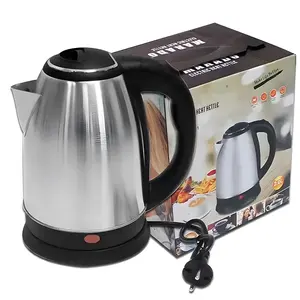Popular in your industry



















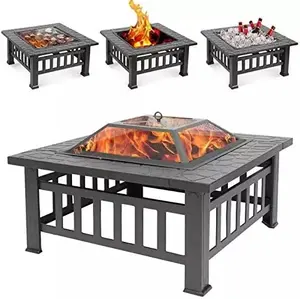


















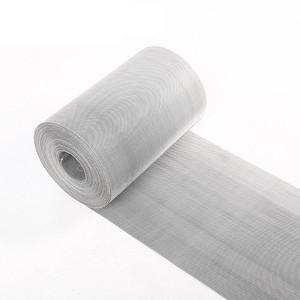





















































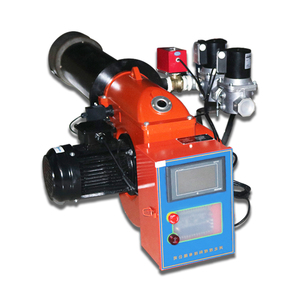




























































































































Top categories
About burner with flame
Exploring the Versatility of Burners with Flame
Burners with flame stand as a testament to the fusion of functionality and design, catering to a variety of applications. From educational laboratories to culinary arts, these devices are pivotal in providing a controlled flame source. The category encompasses a range of products, including a Bunsen burner, flameless Bunsen burner, and bunsen burner propane options, each tailored to meet specific needs.
Types and Applications of Burners with Flame
Understanding the types of Bunsen burner is crucial for selecting the appropriate model. Traditional Bunsen burners, often fueled by methane Bunsen burner standards, are commonplace in scientific settings. In contrast, the bunsen burner propane variant is preferred for its portability and ease of use in field applications. Educational environments frequently utilize the eisco Bunsen burner, known for its durability and safety features.
Features and Materials
The construction of burners with flame is designed to withstand rigorous use. Materials such as metal alloys are commonly used for their resilience and ability to conduct heat efficiently. The design of a bunsen burner lamp merges the traditional aspects of a burner with the aesthetic appeal, making it a unique addition to any setting that requires a steady flame with a touch of elegance.
Advantages of Using Burners with Flame
Utilizing a burner with flame offers several advantages, including precise temperature control and direct heat application. This precision is particularly beneficial in scientific experiments where consistency and accuracy are paramount. Moreover, the adaptability of these burners to various fuel sources, such as propane or methane, adds to their convenience and versatility.
Choosing the Right Burner for Your Needs
Selecting the right burner involves considering the specific requirements of the task at hand. For instance, a flameless Bunsen burner might be the preferred choice in situations where an open flame poses a risk. In contrast, for tasks requiring intense and localized heat, a traditional Bunsen burner would be more suitable. It is essential to assess the environment, the type of application, and the safety measures in place when choosing the appropriate burner.
Conclusion
Burners with flame are indispensable tools in various professional settings. Their design and functionality cater to a broad spectrum of activities, from scientific research to gastronomy. By understanding the different types available and their respective features, users can make informed decisions to ensure they select the most appropriate burner for their specific needs.
